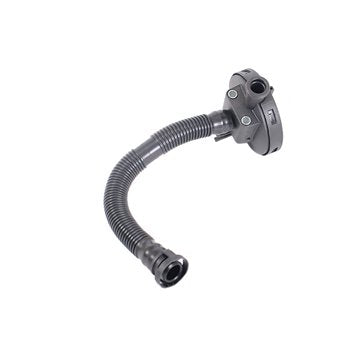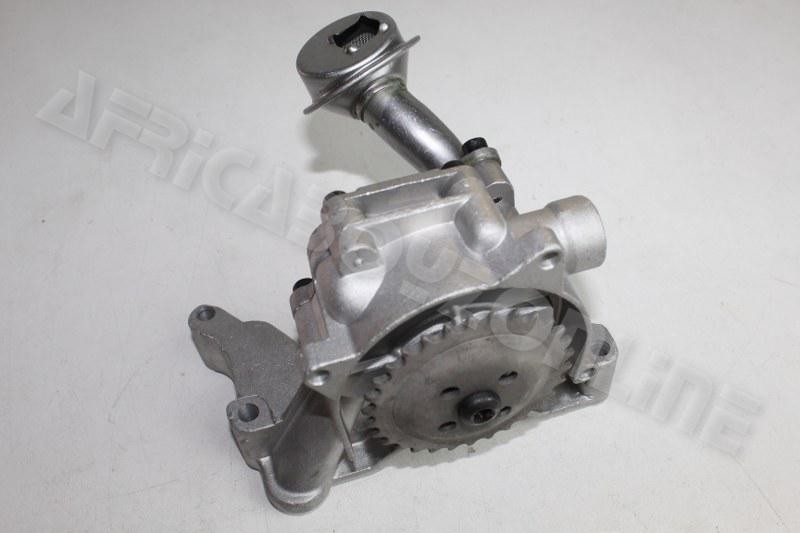Enhance productivity with a powerful clp engine.
Enhance productivity with a powerful clp engine.
Blog Article
The Function of a Clp Engine in Revolutionizing Engine Performance and Sustainability
The arrival of CLP engine modern technology offers a pivotal minute in the automobile industry, where efficiency and sustainability converge in unprecedented methods. By maximizing combustion procedures and enabling for vibrant modifications in compression ratios, these engines not just promise boosted gas effectiveness and reduced emissions however also obstacle standard design paradigms.
Understanding CLP Engine Modern Technology
As the vehicle market continually looks for cutting-edge options to boost efficiency and efficiency, understanding CLP engine technology becomes essential. The term CLP means Compression-Low Pressure, a sophisticated engine layout that concentrates on maximizing combustion processes and minimizing emissions. This technology operates by keeping a low-pressure atmosphere within the burning chamber, which promotes a much more full fuel shed and decreases unburned hydrocarbons.
One of the crucial features of CLP engine innovation is its ability to adjust the compression proportion dynamically. This versatility enables the engine to operate efficiently across numerous driving problems, boosting fuel economic climate while simultaneously enhancing power output. Furthermore, CLP engines utilize progressed materials and style principles to minimize weight and thermal losses, even more adding to overall effectiveness.
Moreover, the assimilation of electronic control systems plays a crucial function in taking care of the engine's performance specifications. These systems make it possible for real-time adjustments to ignition timing and gas injection, maximizing burning for both power and performance. By recognizing CLP engine modern technology, stakeholders in the vehicle sector can much better value its possibility in driving the future of engine style, efficiency, and sustainability.
Efficiency Enhancements Offered
CLP engine modern technology delivers significant performance enhancements that establish it aside from traditional engine layouts. Among the key benefits of CLP engines is their ability to operate effectively throughout a broader series of speeds and tons. This adaptability converts right into enhanced torque distribution and velocity, giving a more responsive driving experience.
Additionally, the advanced combustion process made use of in CLP engines maximizes fuel-air blending, bring about greater thermal performance. This improvement not just makes best use of power output but also reduces energy loss, resulting in an engine that does better under different conditions.
Moreover, the modular style of CLP engines enables less complicated assimilation with crossbreed systems, enhancing their efficiency capacity - clp engine. This adaptability enables manufacturers to make vehicles that accommodate customer requirements without sacrificing agility or power
The accuracy engineering associated with CLP innovation likewise adds to reduce friction and wear, boosting engine durability and decreasing the regularity of maintenance. Overall, these efficiency enhancements position CLP engines as a leading selection in the quest of high-performance, reputable, and functional engine options.
Environmental Advantages of CLP Engines
One of the most engaging advantages of CLP engines exists in their environmental benefits, which are significantly essential in today's vehicle landscape. These engines are developed to maximize fuel performance, substantially reducing carbon discharges compared to typical combustion engines. By making use of sophisticated burning techniques and ingenious materials, CLP engines advertise cleaner exhaust results, contributing to boosted air high quality.
In addition, the reduction in gas usage not just leads to reduce greenhouse gas exhausts however additionally conserves useful natural resources. As nonrenewable fuel source reserves diminish, the change towards CLP innovation stands for a calculated move towards sustainability. The engines are usually compatible with alternate gas, better enhancing their environmental allure and allowing for a varied energy portfolio.
In addition, the lightweight style of CLP engines assists lower vehicle weight, which consequently reduces the energy required for propulsion. This leads to reduced functional power intake and a minimized environmental impact. In recap, CLP engines stand at the center of initiatives to minimize environment change and advertise lasting practices in the automotive industry, symbolizing a future where performance and environmental obligation are not equally unique.
Contrast With Typical Engines
While standard engines have long dominated the auto market, the introduction of CLP technology offers a substantial shift in performance and performance. Conventional internal combustion engines primarily count on gas combustion, which not just limits thermal efficiency yet likewise contributes to greater discharges. In contrast, CLP engines use sophisticated thermal management and an one-of-a-kind combustion procedure, improving helpful hints fuel effectiveness and considerably lowering greenhouse gas discharges.
Moreover, typical engines operate on set power curves, which can prevent performance in differing driving conditions. CLP engines, nevertheless, are designed to adjust their performance dynamically, supplying optimal power shipment based upon real-time demands. This flexibility leads to enhanced velocity, responsiveness, and overall driving experience.
Upkeep also differs substantially; traditional engines usually require regular oil changes and element substitutes due to use and tear. clp engine. CLP engines, with less relocating parts, guarantee lowered upkeep requirements and longer operational life expectancies

Future Prospects and Innovations
As the automotive landscape evolves, the future of engine modern technology is significantly concentrated on advancements that improve performance and sustainability. The Clp engine, with its one-of-a-kind style and operational efficiencies, is poised to play an essential function in this transformation. Future growths might include innovations in materials science, enabling the building and construction of lighter and more basics sturdy elements, therefore decreasing total vehicle weight and enhancing fuel efficiency.
Moreover, the integration of artificial knowledge and artificial intelligence right into engine management systems is expected to maximize efficiency dynamically, enabling real-time adjustments based upon driving problems. These advancements can better decrease emissions and enhance energy usage.
In addition, research study right into alternate gas, consisting of hydrogen and biofuels, provides amazing opportunities for Clp engines, aligning performance with environmentally friendly initiatives. clp engine. As regulatory frameworks come to be stricter, the adoption of such modern technologies will be critical in attaining sustainability goals without endangering power
Final Thought

Report this page